I created this infographic to explain the challenges facing the underwater forests around our first nature reserve.
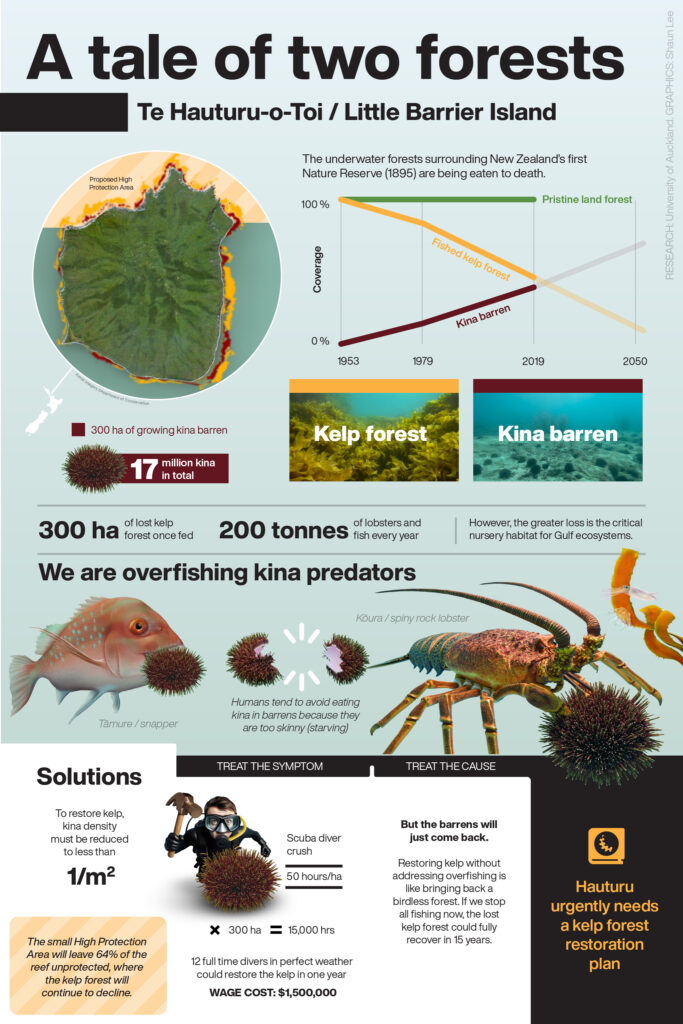
Mostly just stuff I am doing to help the planet
I have been 3D printing different mount designs for my GoPro in order to take photos of the seafloor from my boat / kayak for several months now. I am finally happy with the design and have posted it on Thingiverse if you want to print one yourself.
The mount connects a GoPro to a 1kg dive weight with additional cable ties. You can then lower the drop camera into the water to take photos and videos of the seafloor at different angles. I attach the mount to a diving reel with a stainless steel carabiner snap hook.
Here are some photos taken with the set up.
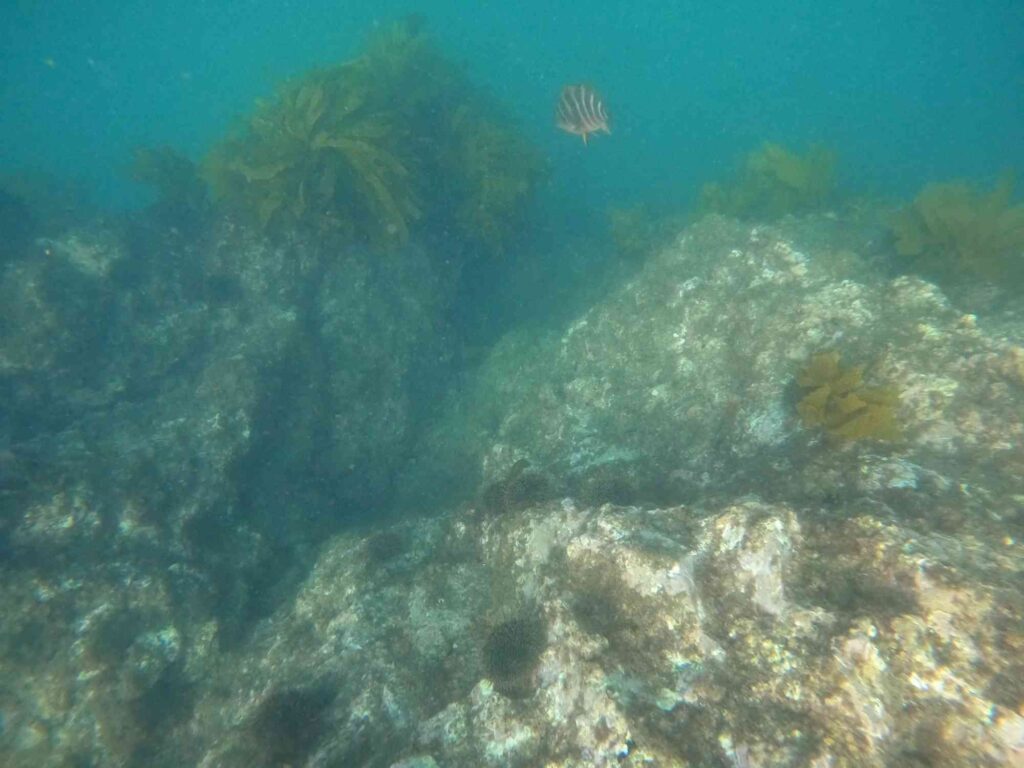
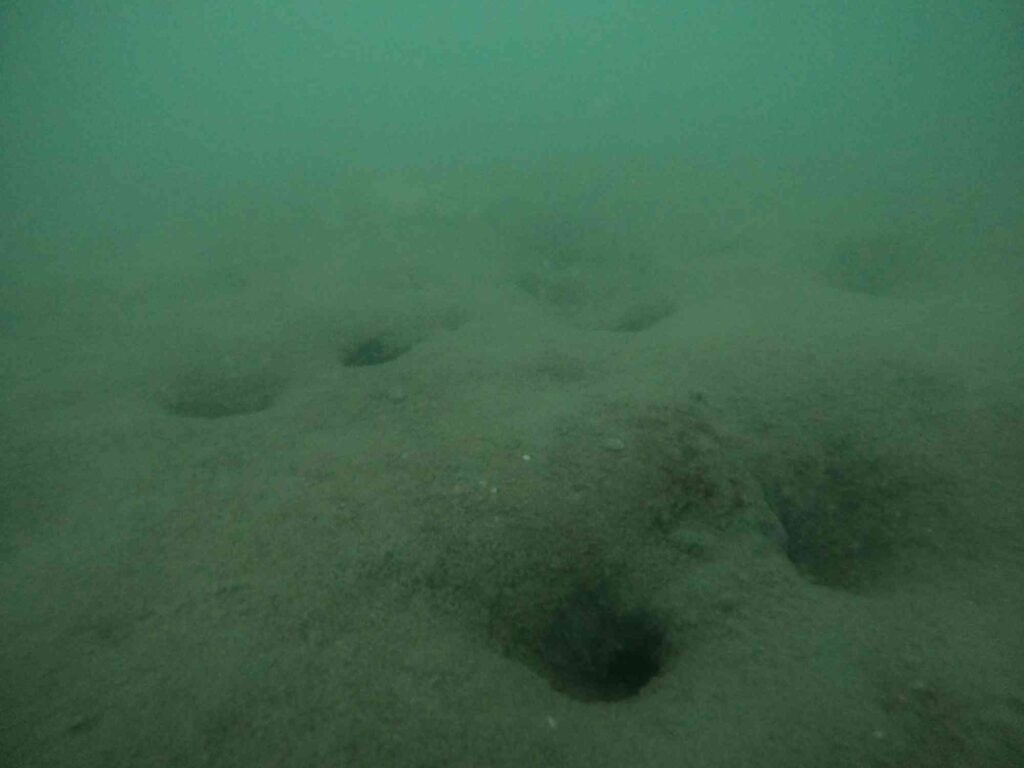
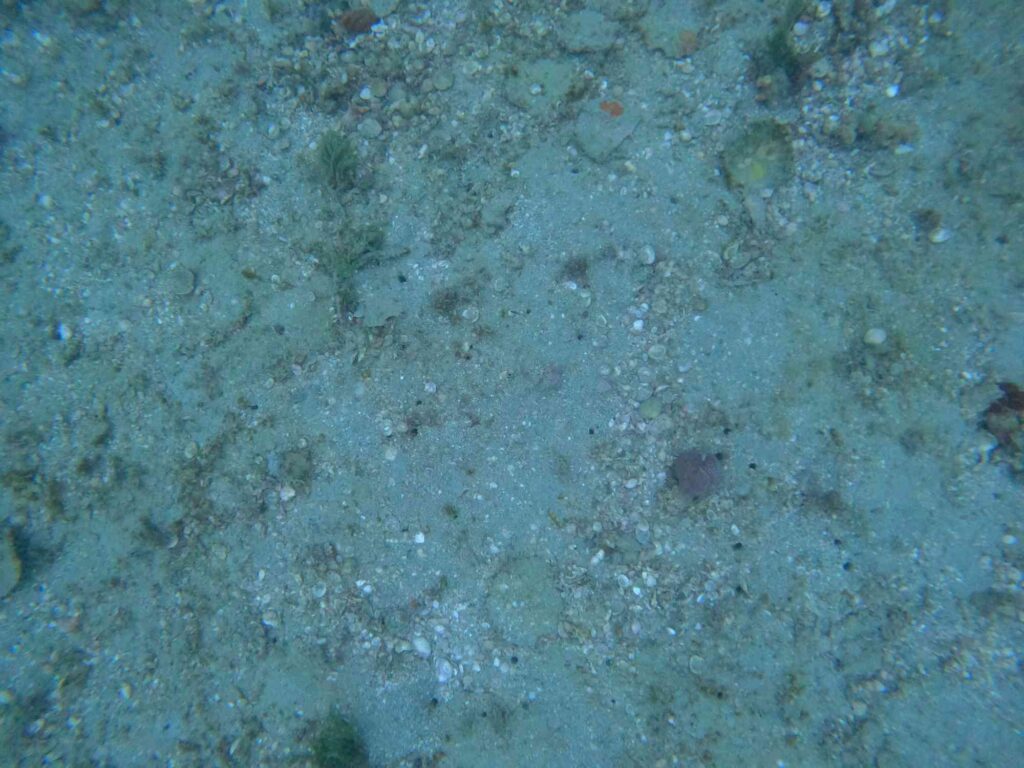
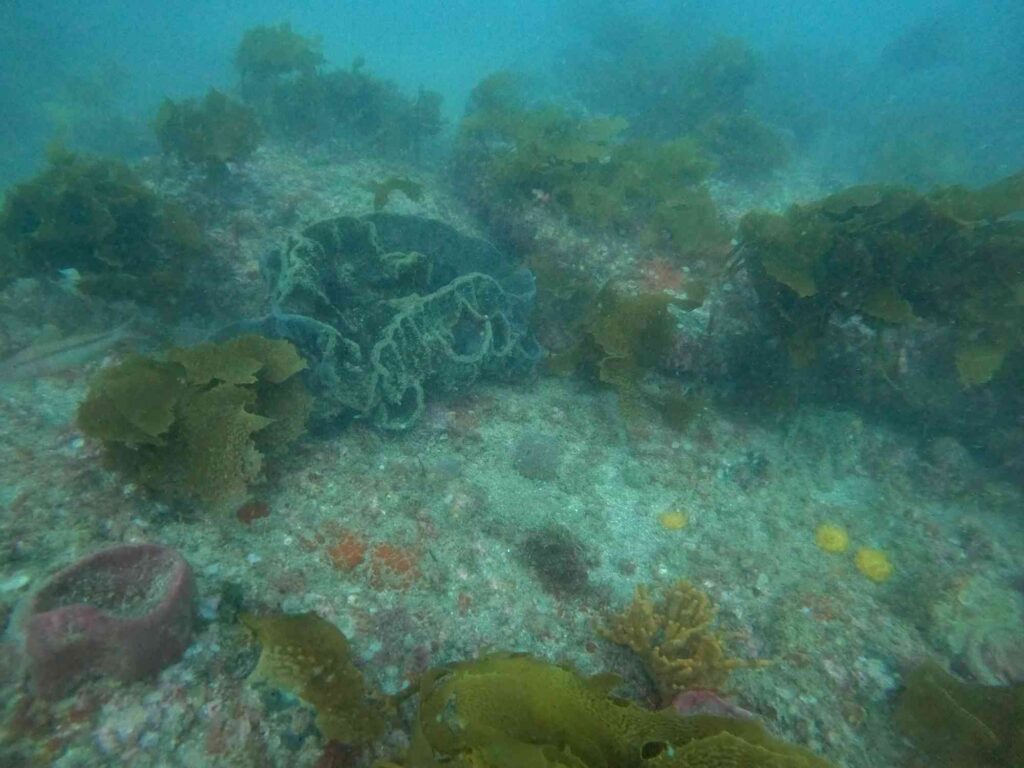
The proposed Regulatory Standards Bill prioritises private property rights over collective environmental interests. It asserts that “legislation should not take or impair, or authorise the taking or impairing of, property without the consent of the owner unless: there is good justification for the taking or impairment, fair compensation is provided to the owner, and compensation is provided to the extent practicable by or on behalf of the persons who obtain the benefit.” While this protects individual property owners, it could discourage essential regulations, like wetland protections or agricultural runoff controls, by imposing significant compensation burdens. This approach overlooks the shared value of ecosystems and the collective responsibility to safeguard them for future generations.
Submission on the Regulatory Standards Bill discussion document here
Update 05 June 2025: None of STET’s original advice was meaningfully taken into account in the final wording, our submission on final Regulatory Standards Bill here
After a decade of consultation and compromise on the Hauraki Gulf / Tīkapa Moana Marine Protection Bill the government is proposing last minute changes to allow commercial ring net fishing in two areas. I have provided ministers analysis showing the proposal would compromise the objectives of the marine protection areas. I also asked Fisheries New Zealand for data on ring net fishing. They replied 49 working days later with a partial response, two days after the bill was debated in the house and I had complained to the Ombudsman.
The data provides factual information to support new arguments against the proposal to allow commercial ring net fishing in the proposed protection areas.
| 2019-2020 | 2020-2021 | 2021-2022 | 2022-2023 | Average | |
|---|---|---|---|---|---|
| Inside protected areas (kgs) | 28,051 | 23,125 | 9,575 | 9,713 | 17,616 |
| Outside protected areas (kgs) | 120,961 | 119,841 | 108,851 | 143,954 | 123,402 |
| Inside protected areas ($) | $28,383 | $47,838 | $16,280 | $13,852 | $26,588 |
| Outside protected areas ($) | $297,053 | $376,722 | $352,221 | $438,854 | $366,213 |
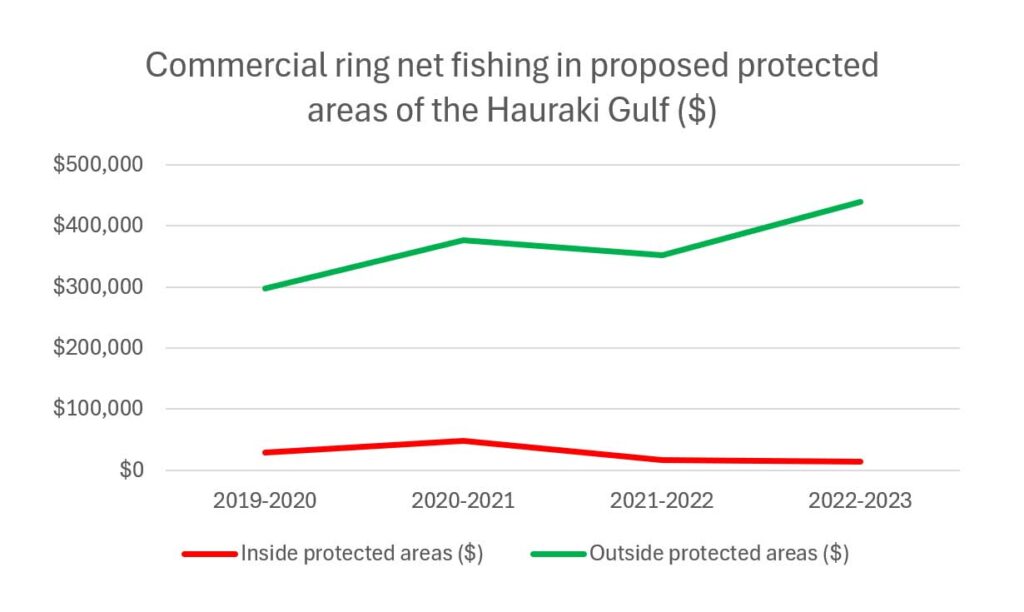
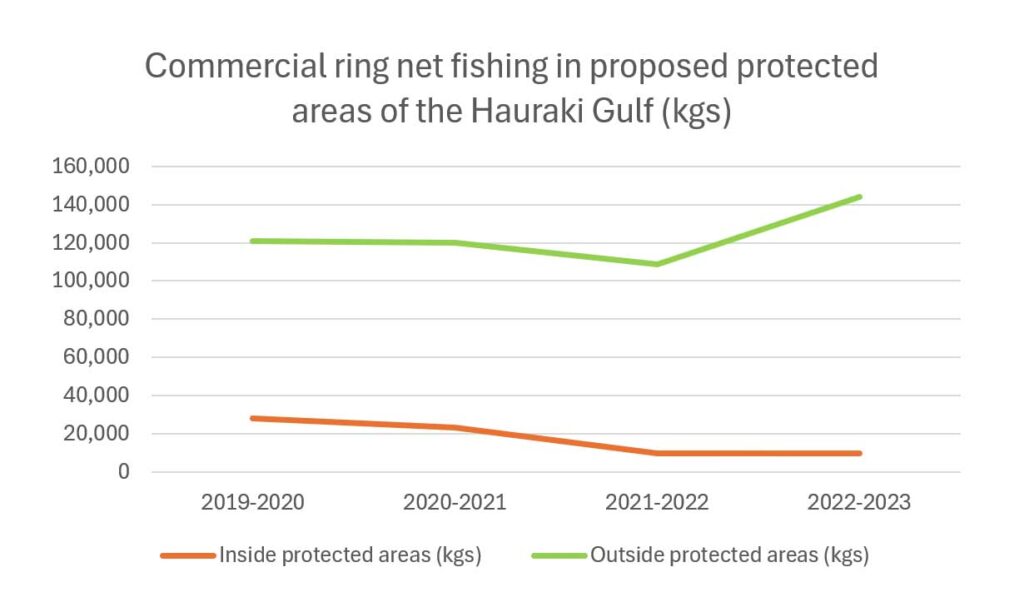
I am publishing my draft submission on CRA 2 early. Key points below:
Recreational fishing lobbyists LegaSea are making a last ditch effort to stop the Hauraki Gulf / Tīkapa Moana Marine Protection Bill. Here are ten reasons why Scott Simpson and other MP’s should support the bill as it stands:
When I saw the proposed new Fast-track sand mine in Bream Bay placed on a map by Marc Daalder I thought I would have a look at the site.
I launched my kayak from Uretiti Beach and paddled 6.5 km to the site. On the way I paused six times to drop a weighted GoPro on timelapse from a dive line to photograph the seafloor. I then paddled South West of the mining site and took 12 more photos in a 1km North East transect.
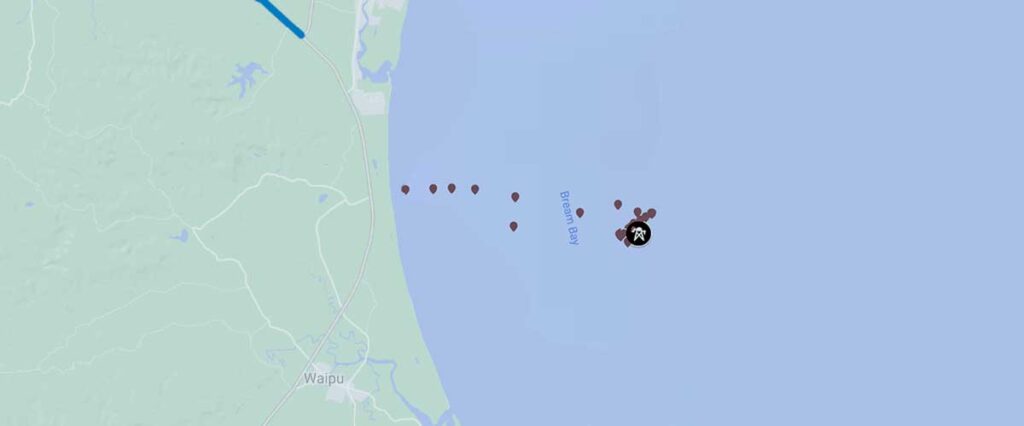
I was not expecting to see much benthic biodiversity as the area is frequently trawled. However I was very pleased to find extensive non-calcareous tubeworm fields (Spionidae – I think) in half the photos, mostly at the north-eastern end of the transect. The filter-feeding tubeworms are a good sign the seafloor is stable and able to support even more complex biogenic habitats if trawling pressure was removed. (Sand mining directly and indirectly impacts biogenic habits, these complex 3D structures made by life on the seafloor are easily buried by unstable substrate.) The tubeworm fields are also associated with tipa / scallops. I was only clearly able to identify one live tipa in the 12 photos but tipa shells were a common feature of the area.
It was a quiet afternoon on the surface with no workups seen, however single tākapu / gannets were working the area, I counted five kororā / little penguin on the way to the site and a tight ball of forage fish.
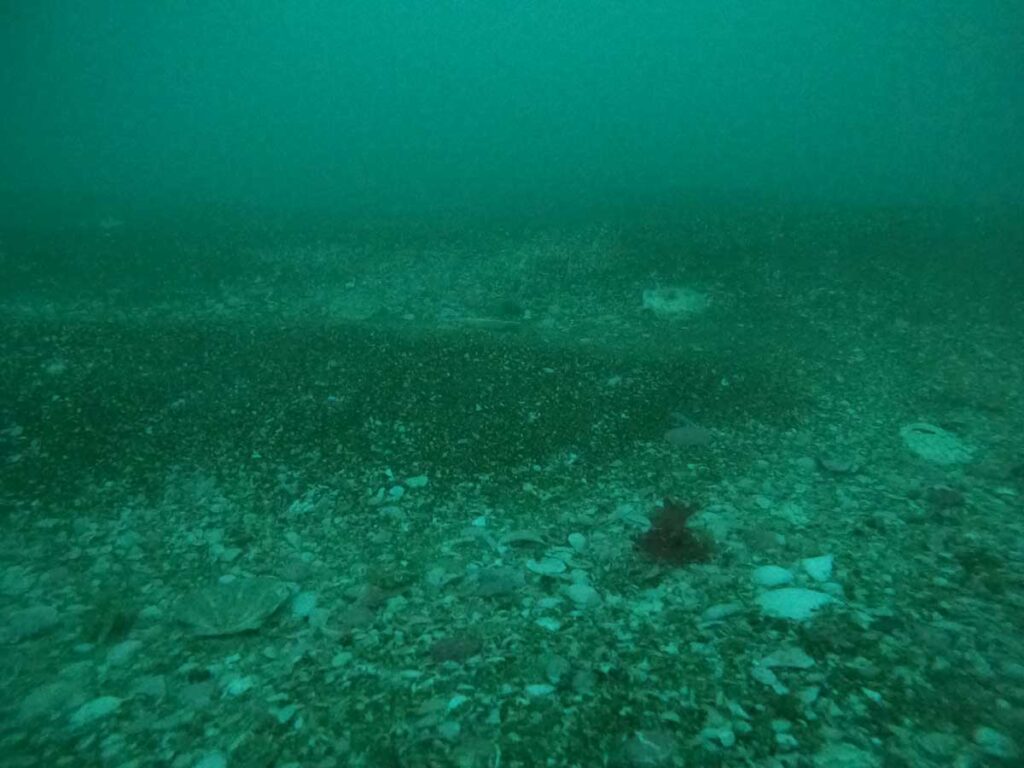
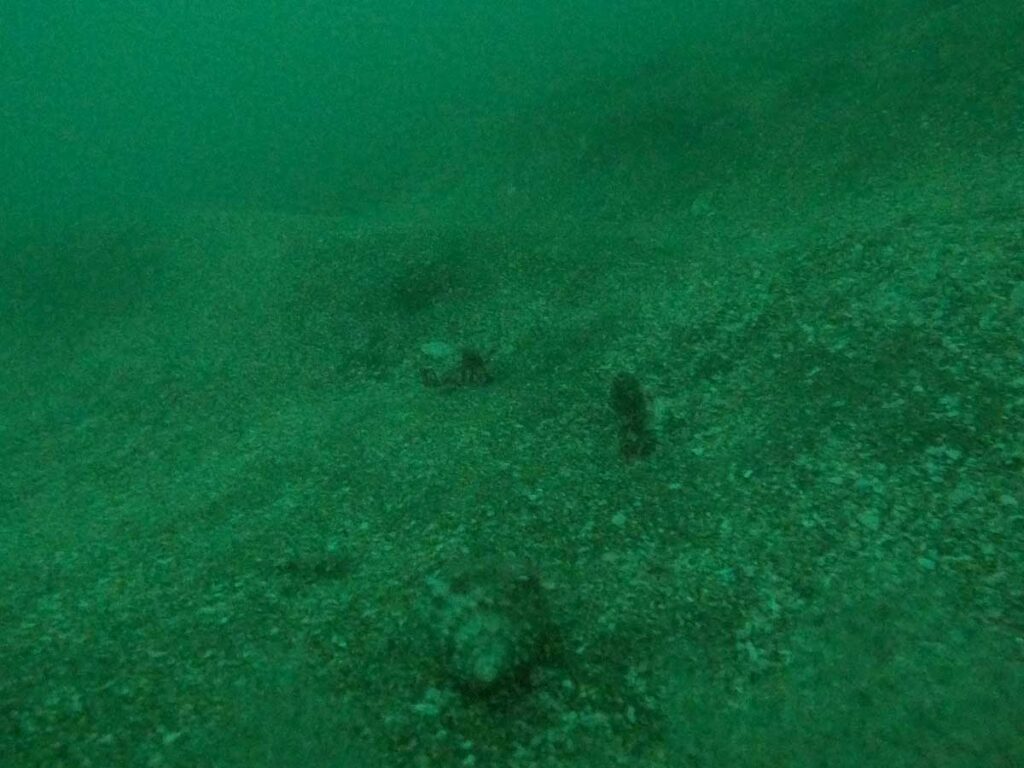
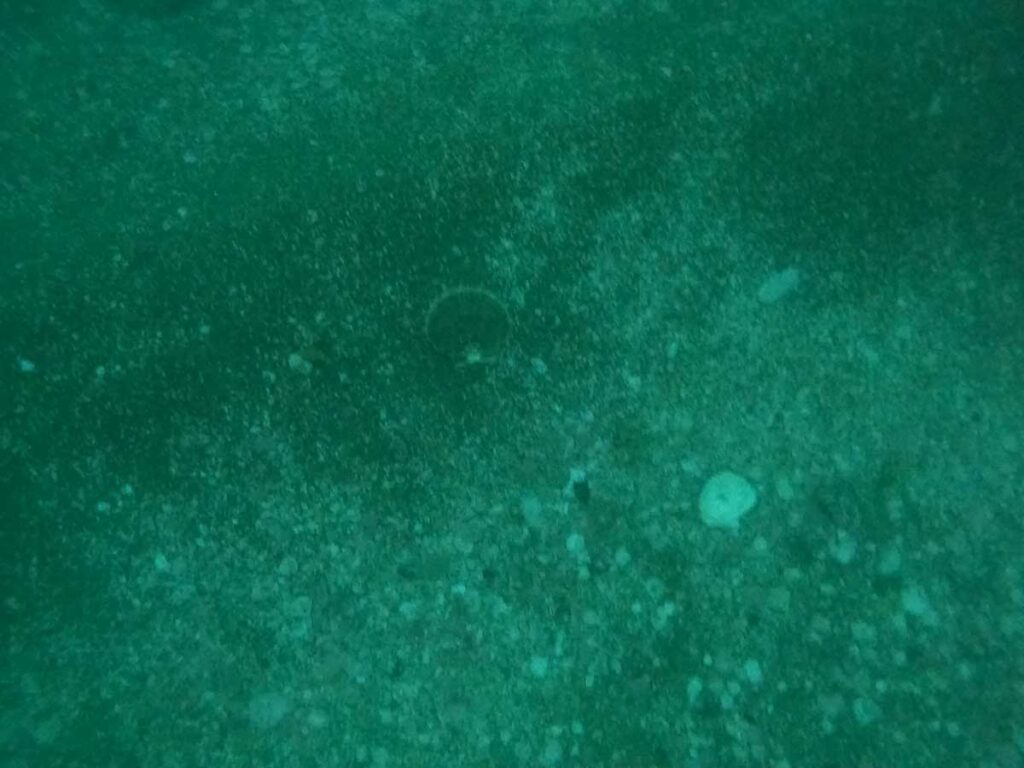
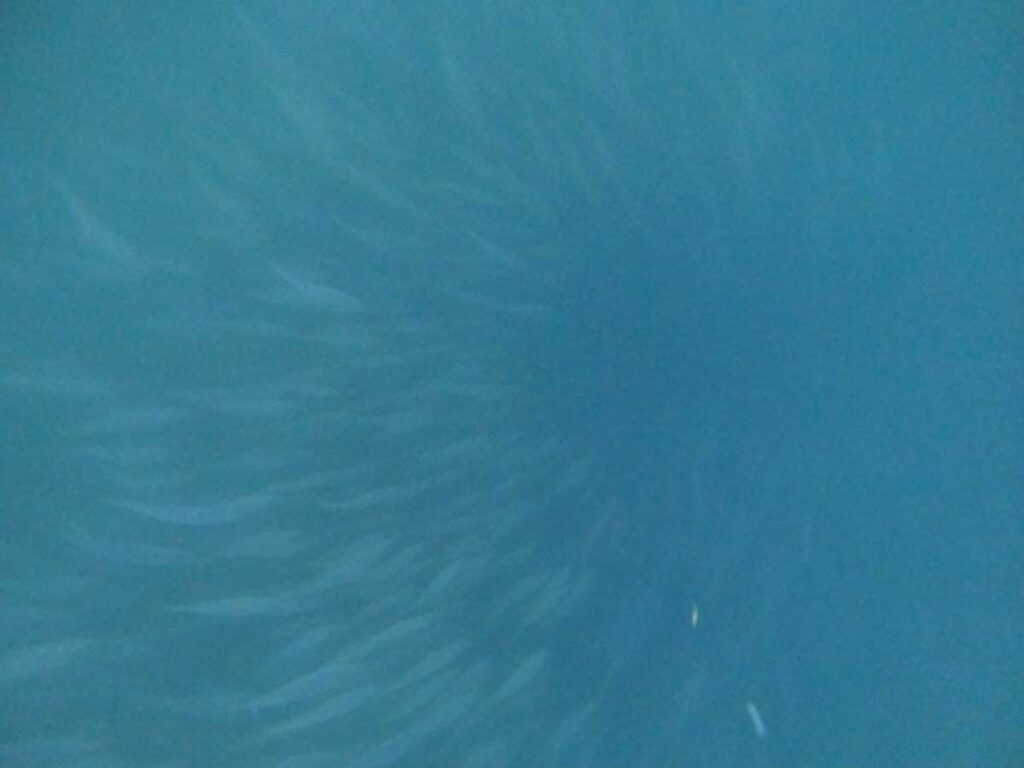
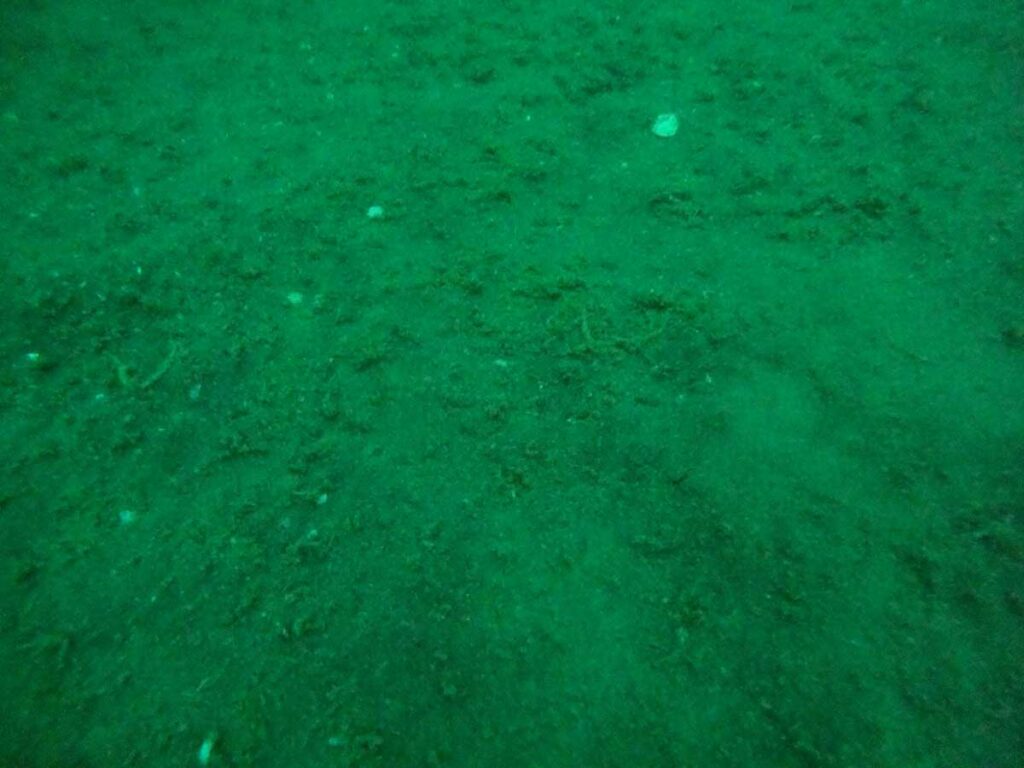
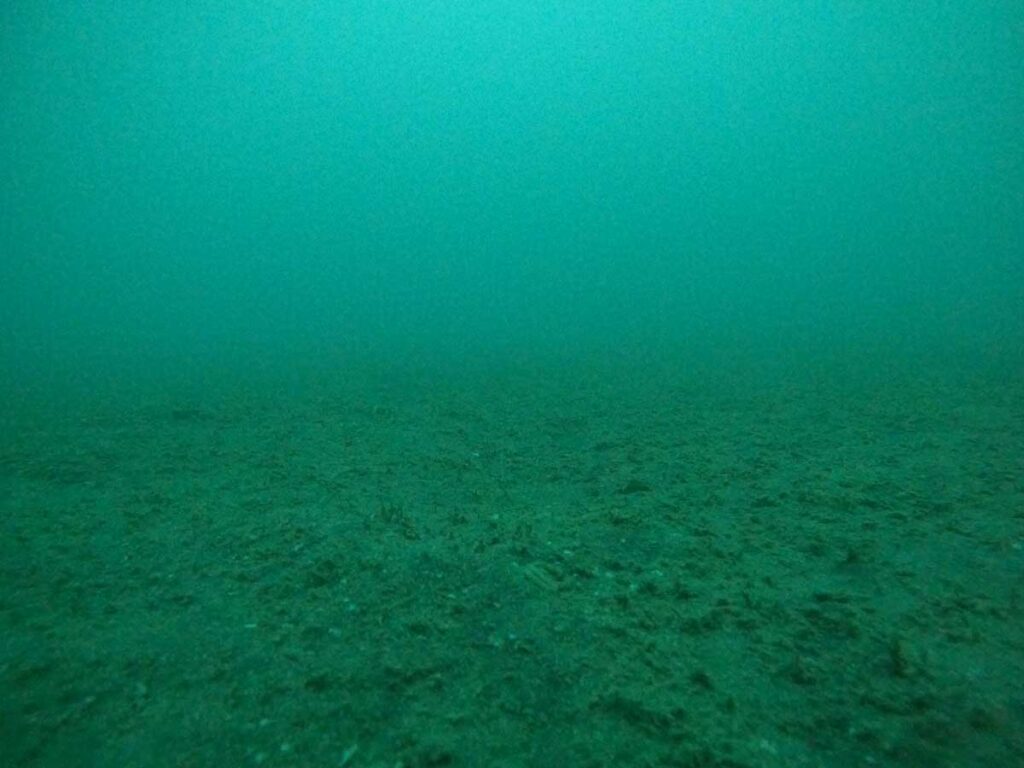
I have asked Fisheries New Zealand for information regarding the proposed concession to allow commercial ring net fishing in two of the High Protection Areas in the Hauraki Gulf / Tīkapa Moana Marine Protection Bill. My understanding is that Ministers may need to debate the concession in the House before the information is available. So I have sent them an early impact analysis.
“The ‘crisis’ is a creation of a small number of businesses that have not invested in a low emissions future. The consequences of addressing the ‘crisis’ with high-risk activities and increasing emissions impact the entire planet and future generations.”
Submission from STET Limited on the Crown Minerals Amendment Bill